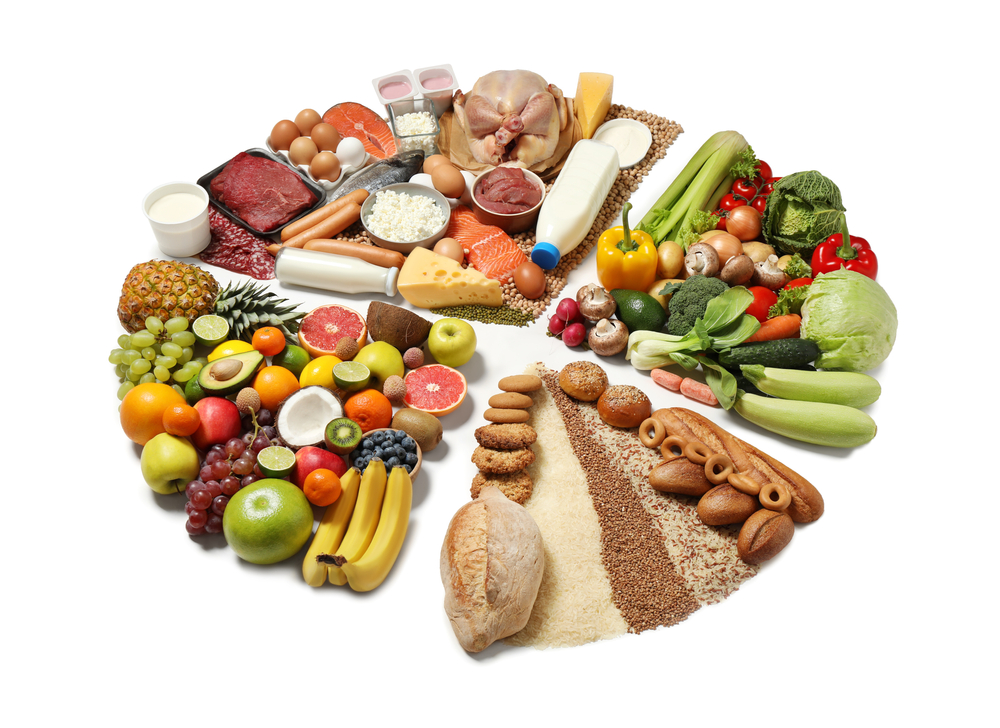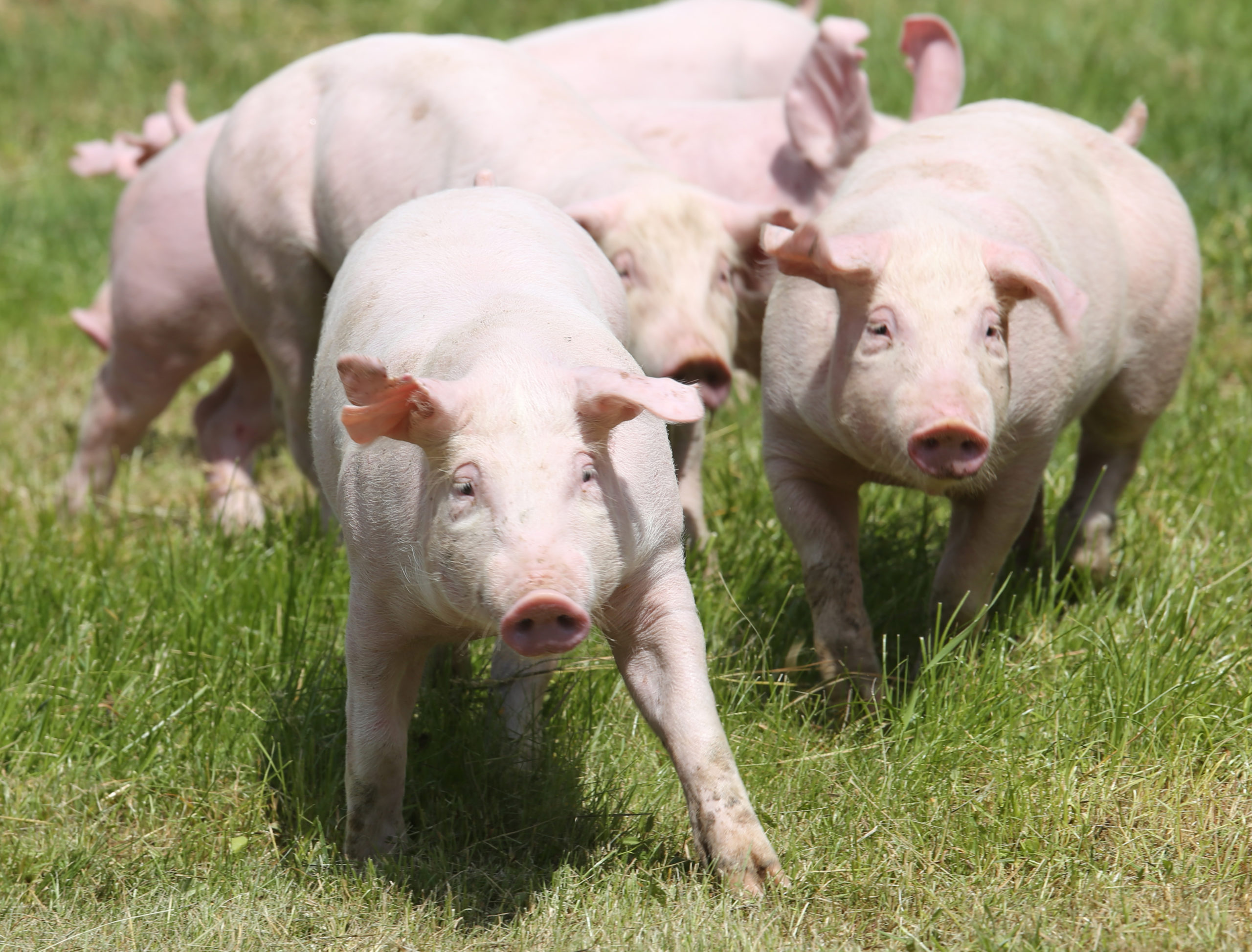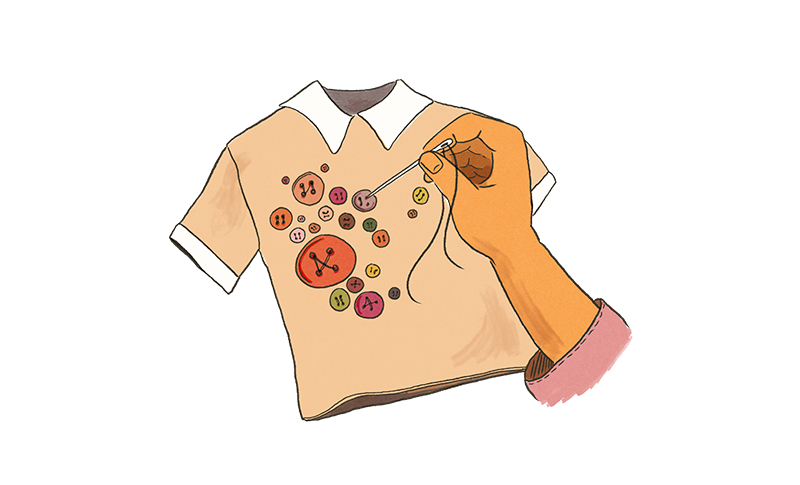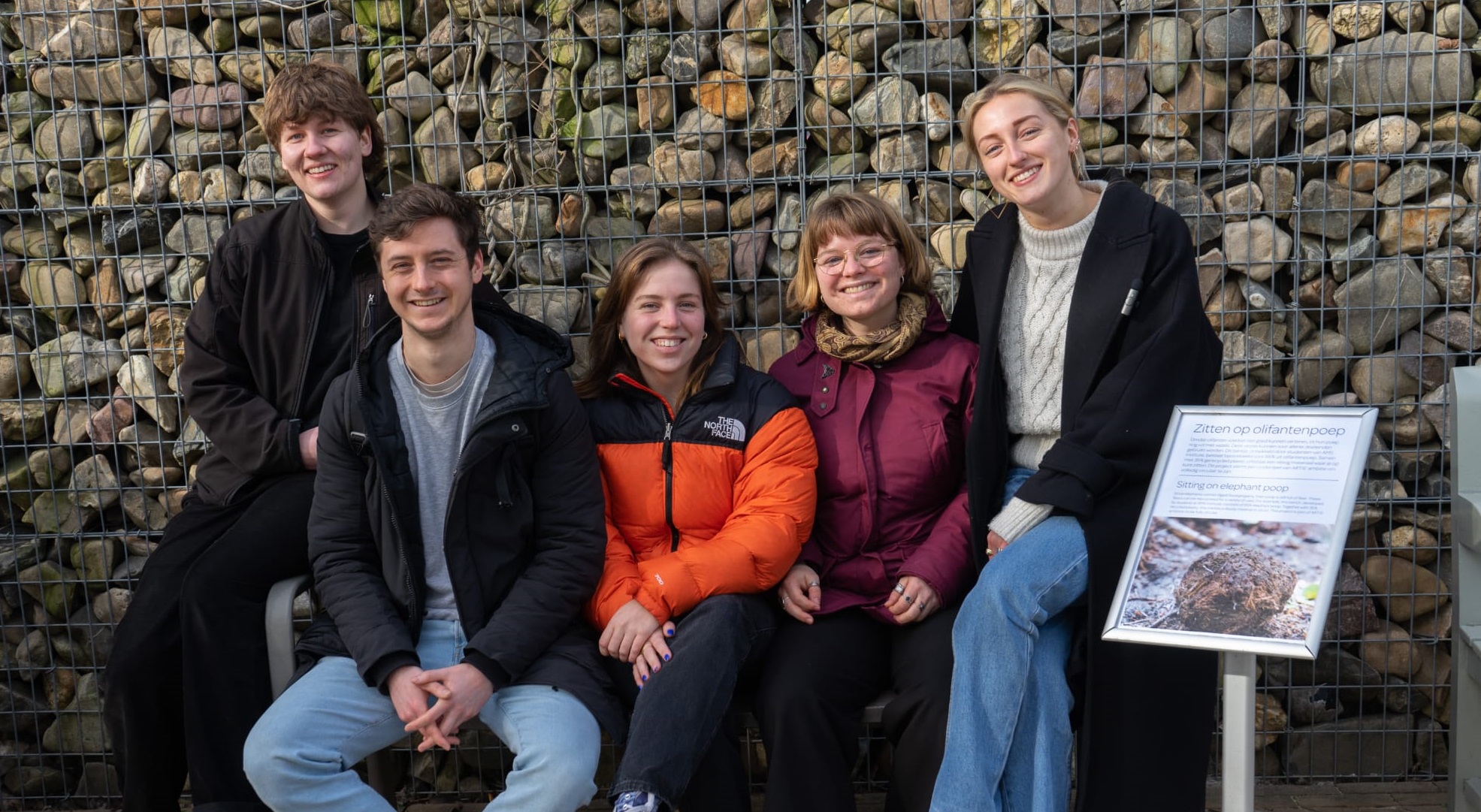National nutritional guidelines (such as the Dutch Wheel of Five) make recommendations for a diet that is healthy for humans — but often less healthy for the planet. The effect of the guidelines on the environment is not taken into account. Researchers at WUR and elsewhere have developed a model that does incorporate that impact, to see how a circular food system fits in with the guidelines.
‘Most nutritional guidelines don’t take sustainability into account,’ says Hannah van Zanten, associate professor at Farming Systems Ecology and one of the authors of the model study. ‘And if they do, it’s usually from the perspective of the current situation, a snapshot that doesn’t allow for future changes in our farming system.’ In the new study, the researchers look at where we want to be with our food system and how the guidelines could key into with that. The study was published on Tuesday in the journal Lancet Planetary Health.
Less animal protein
The snapshot approach gives a distorted picture of what a sustainable diet involves, says Van Zanten. ‘For example, chicken is seen as more sustainable than beef. That is indeed the case if you have beef cattle and give them high-grade feed that humans could just as easily eat.’ But if you get both meat and milk from dairy farming and no longer keep separate beef cattle, you can move towards a circular system. ‘You need calves for milk production. You can use waste products to feed them, and that would let you include beef in the nutritional guidelines. In this way, animals can still play an important role in our diet.’
If we want to switch to a circular food system, that will require a big reduction in the animal products in our diet
Hannah van Zanten, associate professor at Farming Systems Ecology
Van Zanten and her colleagues investigated which waste products from crop farming could be fed to animals. ‘At present, there are not enough waste products to feed animals in sufficient numbers for the quantities in the guidelines. So the recommended intake of animal protein according to the guidelines is not feasible using circular food production. This means in particular less chicken, fish and pork and fewer eggs. If we want to switch to a circular food system, that will therefore require a big reduction in the number of animal products in our diet.’
The question is whether the current amounts are necessary for our health. The results show that someone who sticks to the guidelines eats too much protein. If the recommended quantities of animal products such as chicken and beef were reduced and if the animals were farmed using a circular approach, greenhouse gas emissions could be cut by nearly a quarter. The land required for farming in the Netherlands would also be reduced by a quarter.
Diversity
The current food system is focused on efficiency. Animals are given the optimum feed and have been bred for decades to make optimum use of that feed. If we ask animal feed producers to work with low-grade ingredients, that will require changes in animal breeding and livestock farming, says Van Zanten. ‘We need to look at the diversity in animal breeds. Some breeds are more robust and better able to deal with lower-grade feed.’
The researchers are now working on a model that takes circularity into account in the nutritional advice on non-animal products. The European Union has been urging a diet that is less reliant on animal products for some time. Can that be achieved using circular agriculture? The results are expected at the end of the year.

 National nutrition guidelines are often less healthy for the planet. Photo Shutterstock.
National nutrition guidelines are often less healthy for the planet. Photo Shutterstock. 

